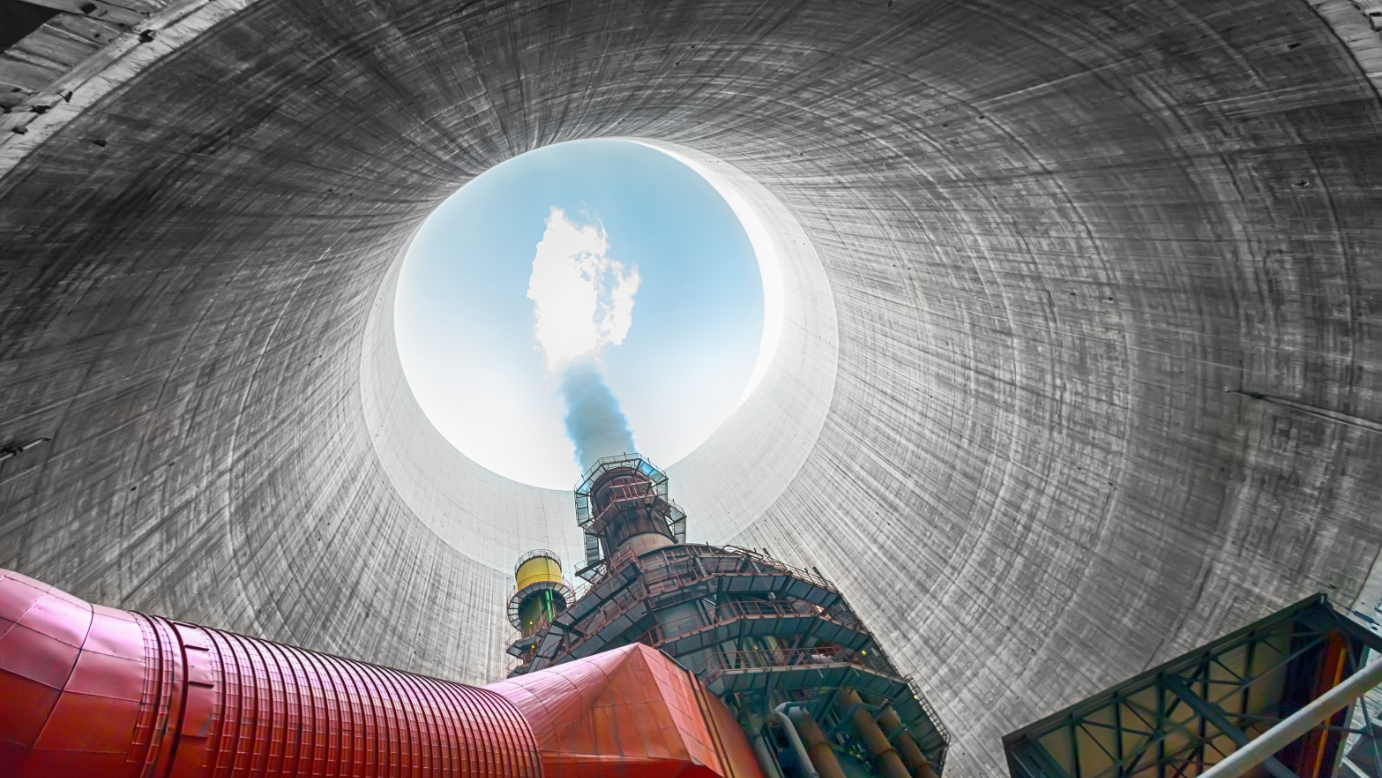
COP27: investors and the ‘low-emissions loophole’
The final COP27 text made reference to ‘low-emissions energy’ in the transition, raising questions as to whether natural gas or nuclear are expected to play a part. Christopher Marchant gauges investor sentiment in light of this development.
COP27, which closed on 20 November, was commended for decisive actions such as the establishment of a loss and damage fund for developing countries most impacted by climate change. However, it was criticised by figures ranging from COP26 head of negotiations Alok Sharma to campaigner Greta Thunberg for an overall sense ofgreenwashing and a final text that did not commit to a decisive phase out of fossil fuels and, instead, pointed to “low-emission” alternatives in the campaign for net zero by 2050.
Stephanie Maier, global head of sustainable and impact investment at GAM Investments, observed that, while there was a notable absence at COP27 of further statements on coal and the fossil fuel phase down, there was also a strong focus on the need to accelerate the energy transition and scale up renewable and low-emissions energy to create a more resilient, clean and affordable energy system.
There are also those who are more blunt on the whole affair, such as Jeremy Leggett, CEO of carbon sequestration and biodiversity project Highlands Rewilding, as well as founder of solar energy firm Solarcentury: “Individuals, in defence of their vested interest, knowing the strength of the science and the disasters appearing around us, arrive at COP to lobby, to slow things down and to keep vast amounts of gas in the picture. This is a collective modern form of crime against humanity.”
Individuals, in defence of their vested interest, knowing the strength of the science and the disasters appearing around us, arrive at COP to lobby, to slow things down and to keep vast amounts of gas in the picture.
Nuclear versus natural gas
The debate on whether to include nuclear power or natural gas in the push for net zero is not one introduced at COP27, with the European Union bowing to pressure from nations such as Poland and Bulgaria to include such energy sources within the "sustainable investment” categories of the EU Taxonomy on such activities in July this year.
Leggett rejects nuclear power as a beneficial low-carbon energy source due to a number of factors, including the decades-long timescales in its development. Current nuclear power can also be prohibitively expensive, with 2021 data from Lazard suggesting it costs $131-$204 per megawatt hour for nuclear power compared to $26-$50 per megawatt hour for wind, further undermining claims for its feasibility in current form.
Robert Trezona, founding partner at Kiko Ventures, a cleantech-focused firm that forms part of the Energy Transition Council, holds greater hope for nuclear projects underway in East Asian nations using Korean and Chinese technology. Kiko is also itself invested in an area of nuclear, First Light Fusion, which works on “projectile fusion”, an approach to nuclear fusion that claims to be simpler and more energy efficient.
Further indignation has been reserved for the potential for natural gas to fall under the "low-emissions" umbrella. Tamsin Ballard, UN PRI director for climate and environment, says: “The reference to ‘low-emission’ energy in the final text from COP27 leaves the door open for continued investment in and growth of natural gas. This is ultimately additive to emissions and takes us further from where we need to be.”
Transition bonds
There is an alternative presented in the fixed-income market, that of ‘transition bonds’ offered by natural gas firms such as Tokyo Gas that provide finance on the condition that it is part of an exit strategy away from the fuel. Even an ESG ratings firms such as Sustainalytics considers natural gas as an “appropriate target” for transition finance.
Such an endeavour is dismissed by Leggett as “part of the sophistry of the oil and gas industry by its implicit and explicit supporters.” For Trezona, areas such as ESG-linked bonds can potentially be helpful, but need to be backed by greater transparency, better standards and ultimately government-backed certification standards.
Trezona also makes clear that the angling for these low-emissions fuels to make it into the COP27 text should not necessarily be a distraction to the amount of work that has been carried out on developing investment into renewable sources of energy worldwide in recent years.
For instance, at the end of 2020 China had by far the largest installed base of wind and solar in the world. The nation is also planning to *more than double* this installed base to well over 1,000 GW by the end of 2025.
Maier says: “Decarbonising the energy system requires significant finance and cooperation. The Just Energy Transition Partnership announced at the G20 is one signal of financial support, together with other announcements to support the innovation of climate technologies at COP27. However, the remaining considerable opportunity for investors is through actively supporting this transition.”




